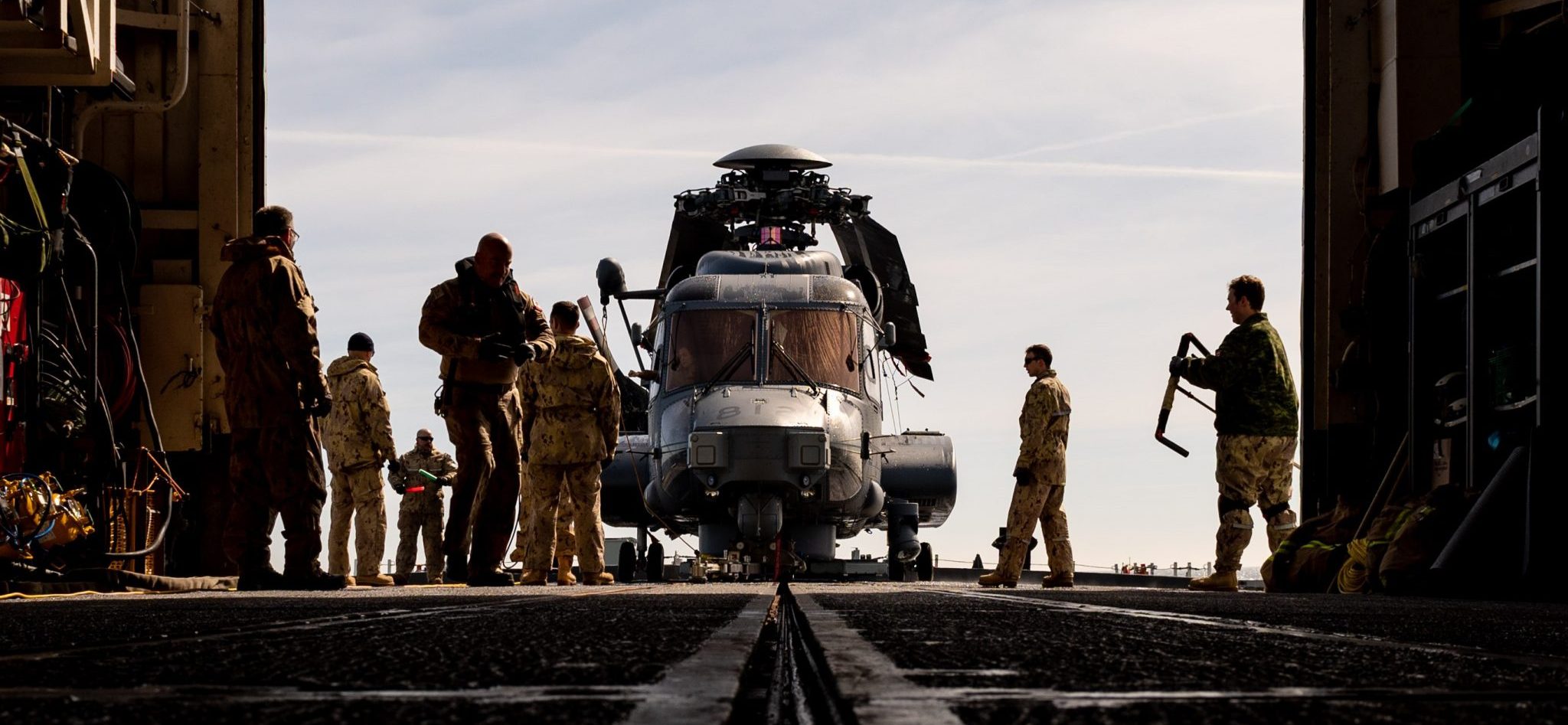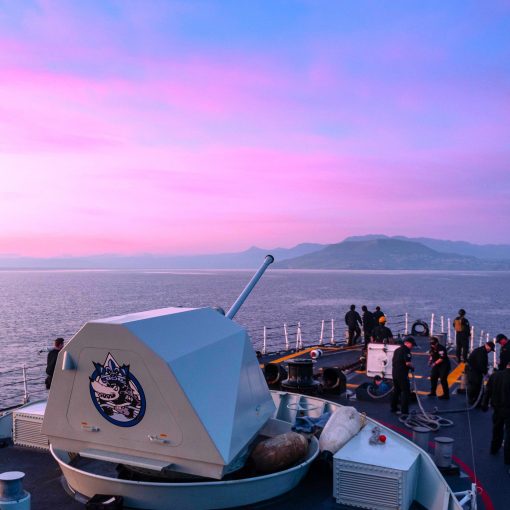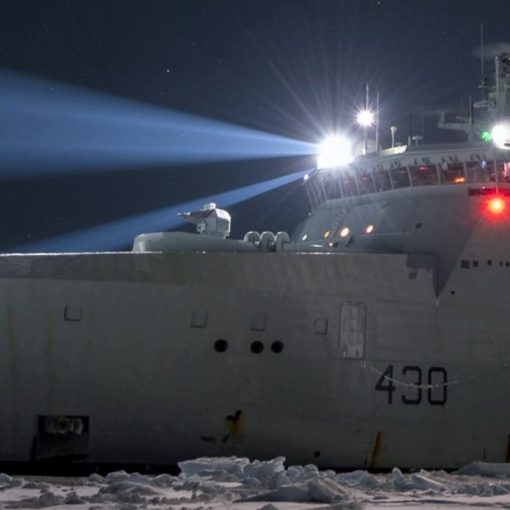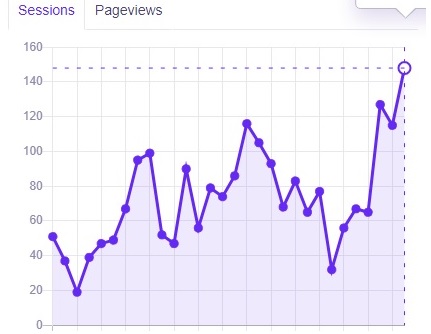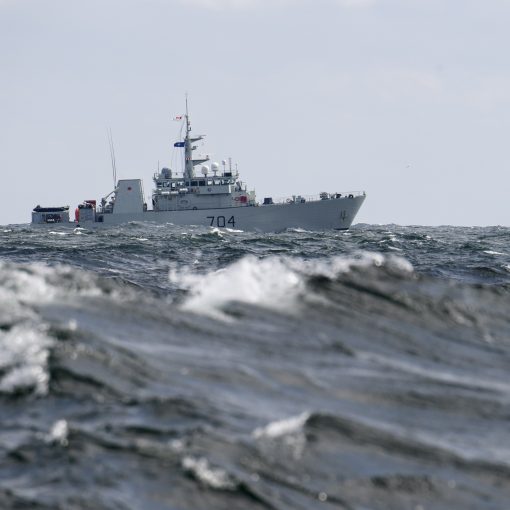By Dr. Ann Griffiths, 21 September 2022
Time passes. As the leaves begin to turn and the temperature falls, it’s time for another issue of Canadian Naval Review. In the spring issue we published a theme issue on the Arctic. The fall issue is not a theme issue, but it provides readers with a great dose of interesting and engaging material to help get them through rainy fall days.
We are pleased to begin a relationship with colleagues in Australia – a preview of a joint CNR/Australian Naval Review issue that we’re planning for spring 2023. Canada and Australia have much in common but we differ in many ways, and we can see this in naval strategy and capability. The fall issue includes an article by Justin Burke, entitled “Sea Change: Australia’s Naval Ambitions.” In this article Burke walks us through the capabilities, plans and progress of the Royal Australian Navy. In another article, “The Future Prospects of the National Shipbuilding Strategy,” Jeff Gilmour examines the delays and cost increases of the NSS in an attempt to explain them. He concludes that, among other things, they are the result of a shortage of experienced personnel to work at shipyards, the management of the process by shipyards themselves, extensive re-design of supposedly mature designs, and an unwieldy procurement process. In another article, “Autonomous Underwater Vehicles and Submarines,” David Dunlop describes how AUVs have grown in importance and relevance, and asks if they will replace submarines. He outlines the utility, trends and technology of these vessels but concludes that there will still be a role for submarines in the near future. In the final article, “The LPA: The RCN’s Arctic Linchpin,” Major (Ret’d) Les Mader makes the argument that Canada should consider – or at least study the possibility of – procuring a Landing Platform Arctic to ensure that the RCN is ready to respond to threats in the Arctic.
This is just a taste of the material in this issue. We also include commentaries. One commentary argues that the Arctic and Offshore Patrol Ships should be split into two types – patrol and enforcement. The enforcement ships would have enhanced military capabilities in order to fill any capability gap created by the retirement of the Halifax-class frigates before the Canadian Surface Combatants are built. Another commentary examines why building warships in Canada is so expensive relative to other countries. A commentary looks at how Russia-China cooperation complicates Japan’s defence. Dave Perry discusses the defence budget increases in 2022, and Doug Thomas examines the sinking of RFS Moskva, the Russian Navy’s Black Sea Fleet flagship.
And, of course, there are incredible photos! All of this is coming soon. See the Table of Contents below. And stay tuned for the fall issue to appear!
Table of Contents
Vol. 18, No. 2 (2022)
Editorial: Action this Day?
Hugh Segal
Sea Change: Australia’s Naval Ambitions
Justin Burke
The Future Prospects for the National Shipbuilding Strategy
Jeff G. Gilmour
Autonomous Underwater Vehicles and Submarines
David Dunlop
The LPA: The RCN’s Arctic Linchpin?
Major (Ret’d) Les Mader
Making Waves
The Harry DeWolf-class Vessels in Hostile Environments
Kevin Wang and Acting Sub-Lieutenant HengLiang Wu
Why are Canadian Warships so Expensive?
Roger Cyr
Maintaining Seal Integrity on Warships
Chloe Barker and Daniel Dobrowolski
A View from the West: Growing Sino-Russian Cooperation Complicates Japan’s Security Horizon
Brett Witthoeft
Dollars and Sense: The 2022 Canadian Defence Budget Increases
Dave Perry
Warship Developments: What Happened to RFS Moskva?
Doug Thomas
Book Reviews

